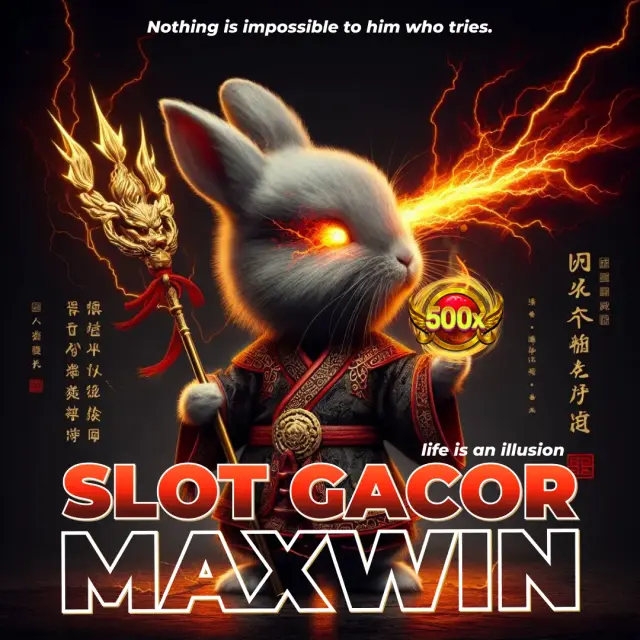MUSANGWIN: Situs Slot Gacor Terpercaya 2025 – RTP Tinggi & Jackpot Harian
IDR 25.000
Selamat Datang Di Situs Musangwin, Situsnya para petinggi dunia untuk bermain slot gacor hanya dengan bermodalkan saldo minimal sudah bisa menang maksimal. Situs Musangwin sangat cocok bagi anda yang sedang mencari situs slot gacor yang terpercaya
Quantity:


